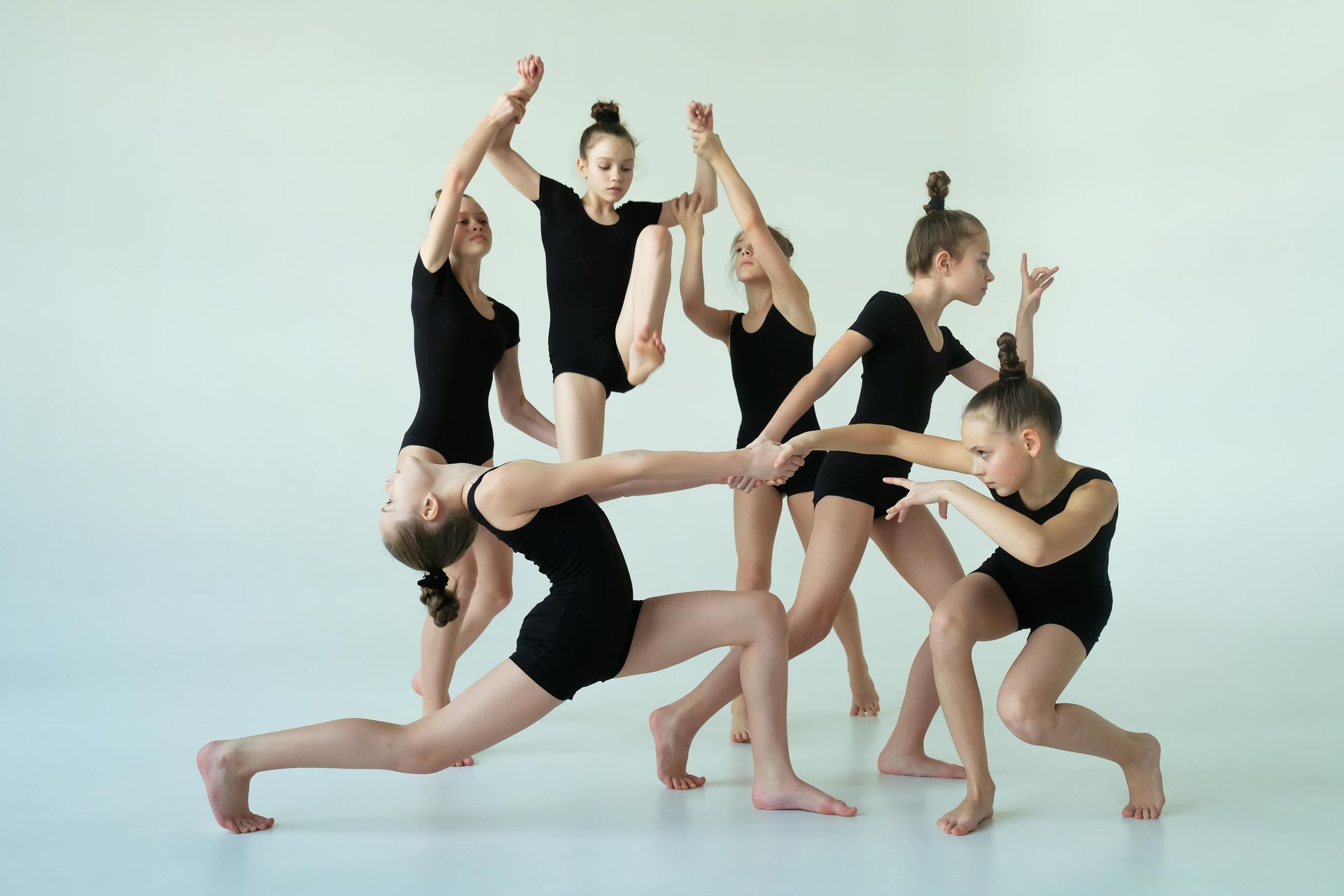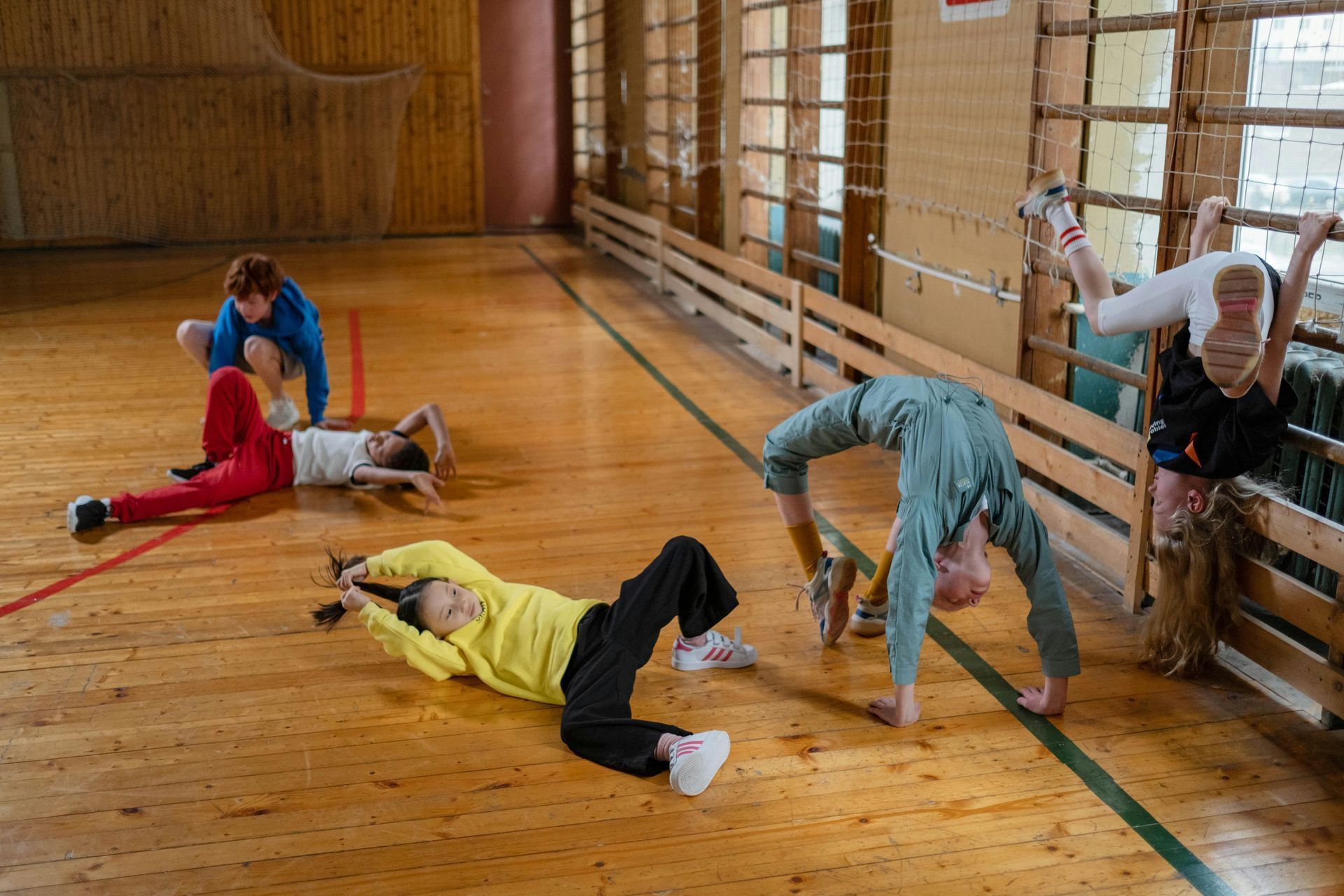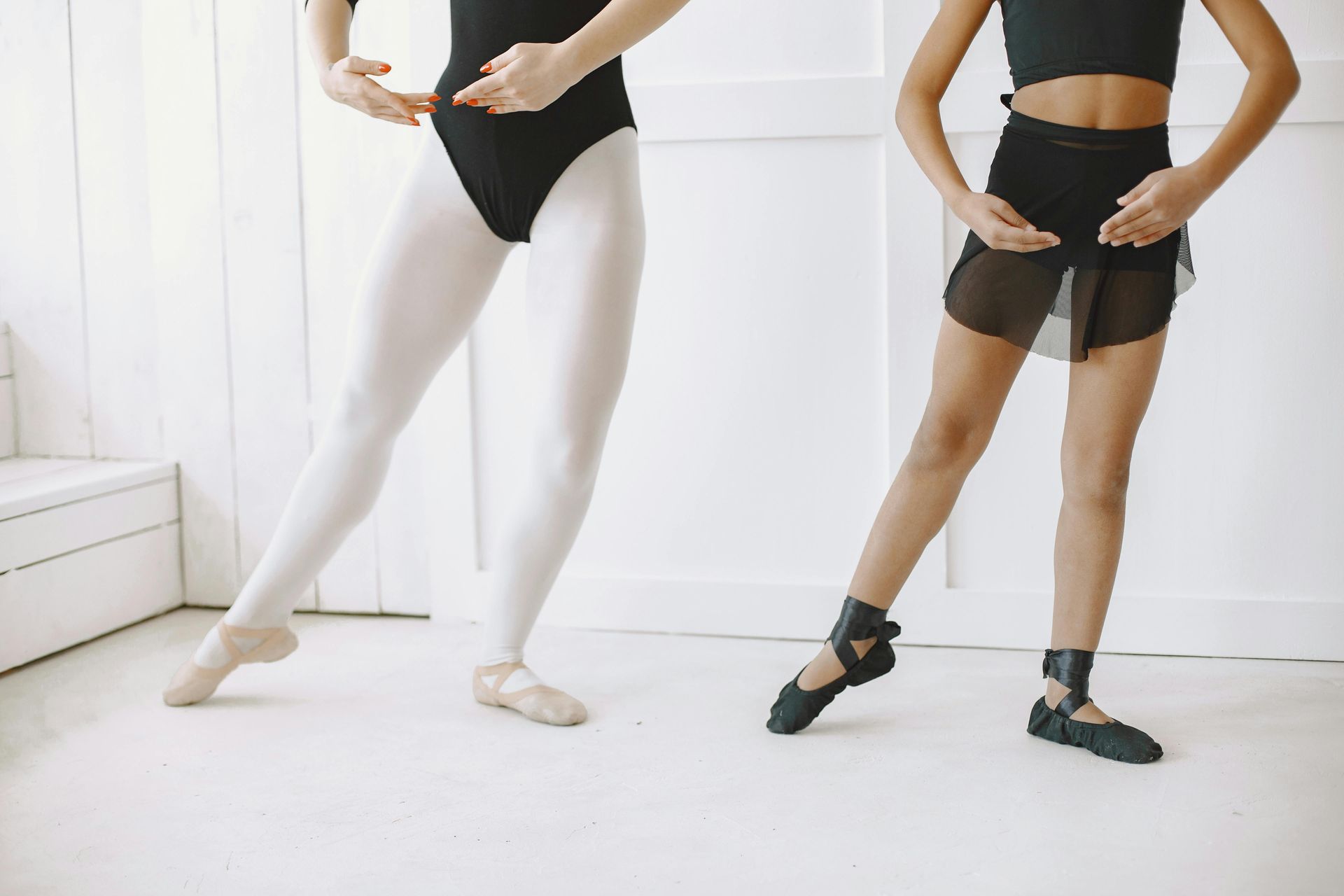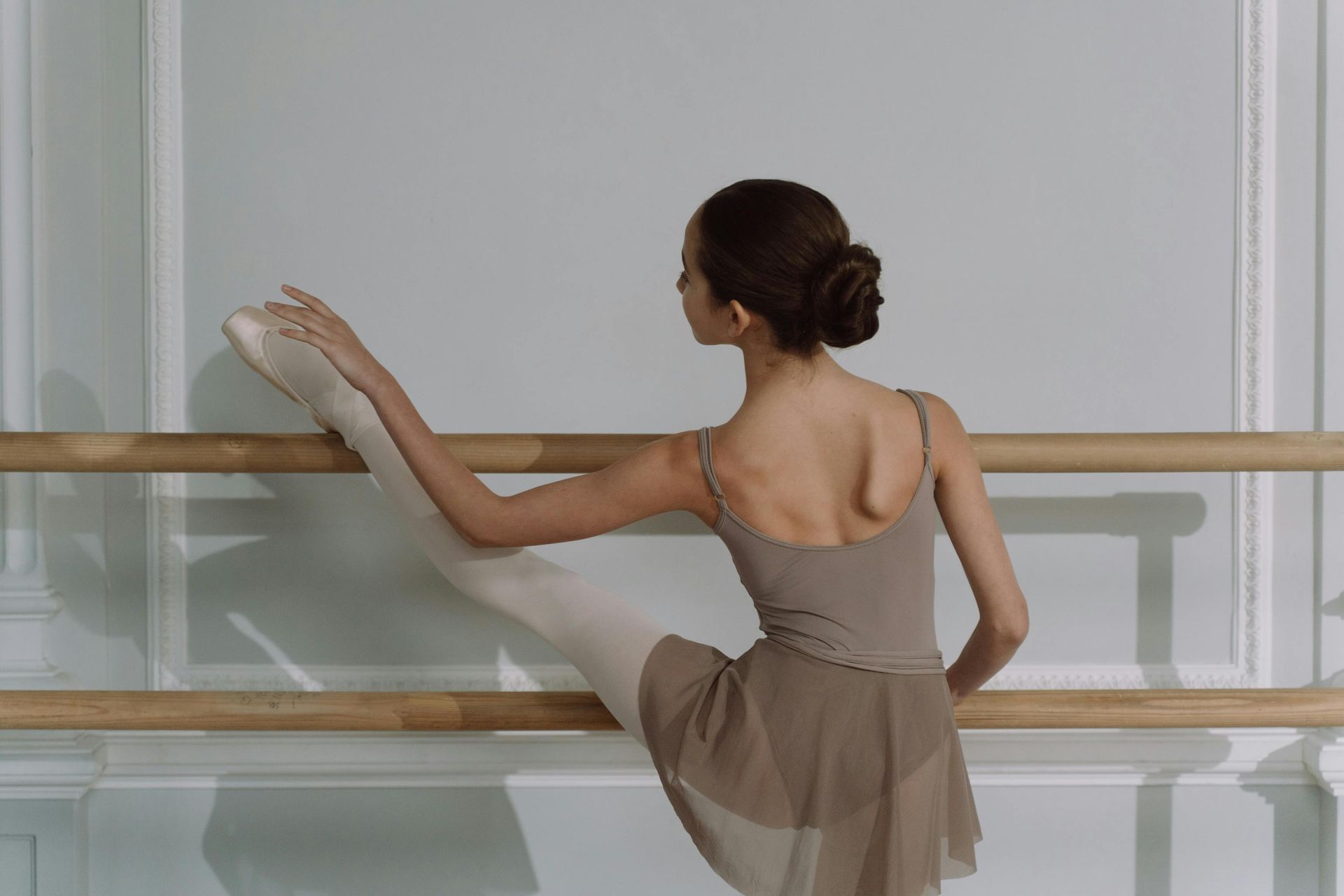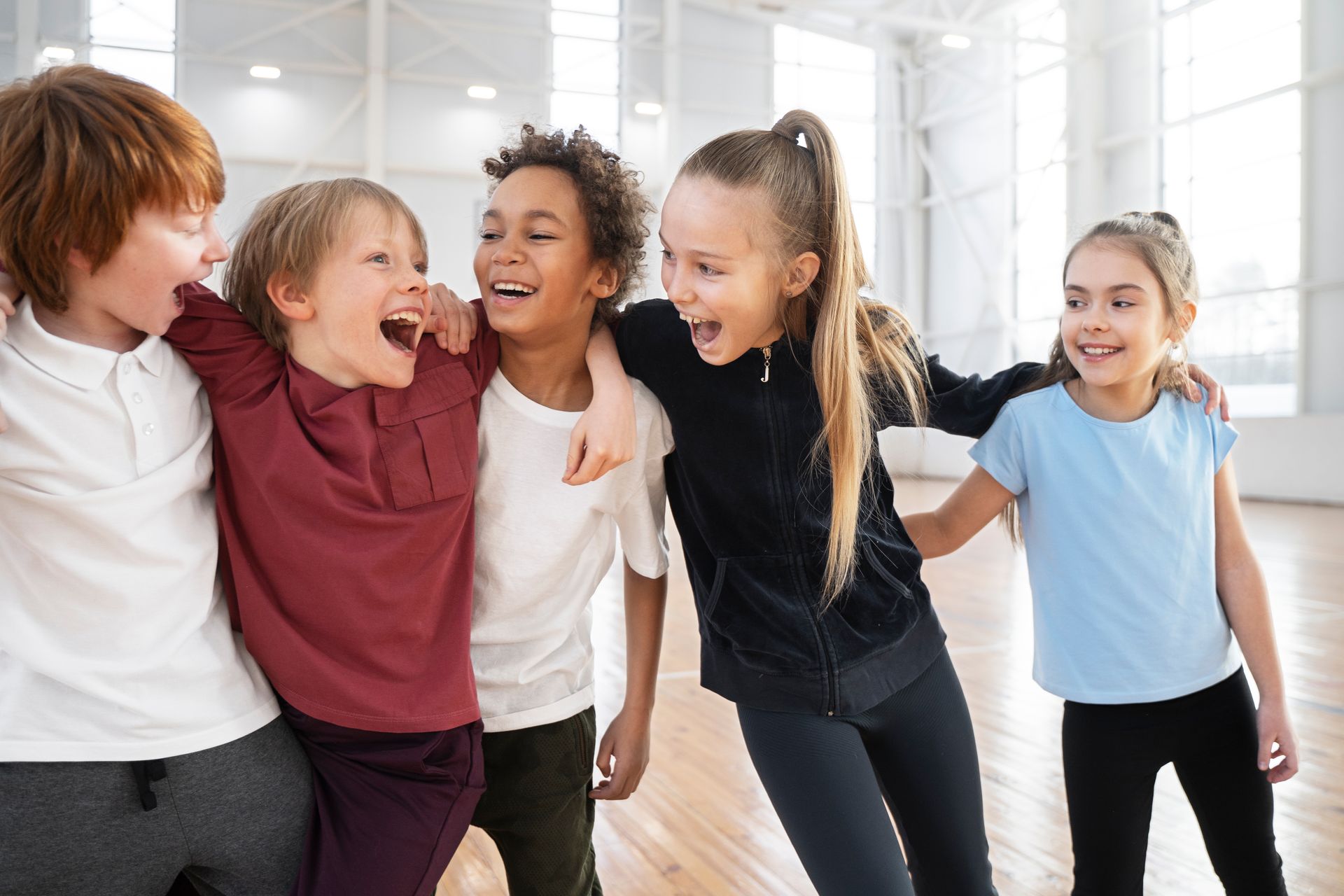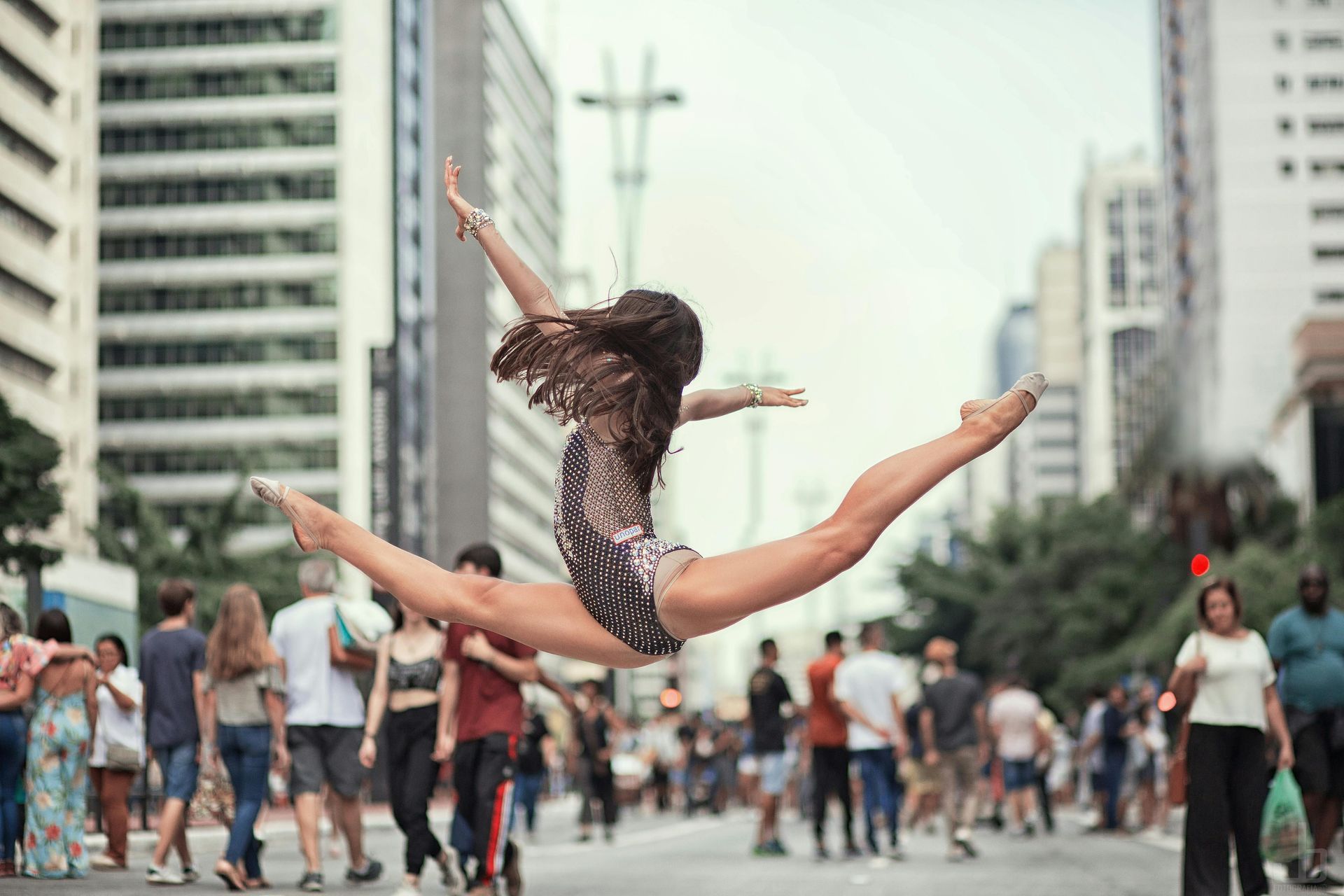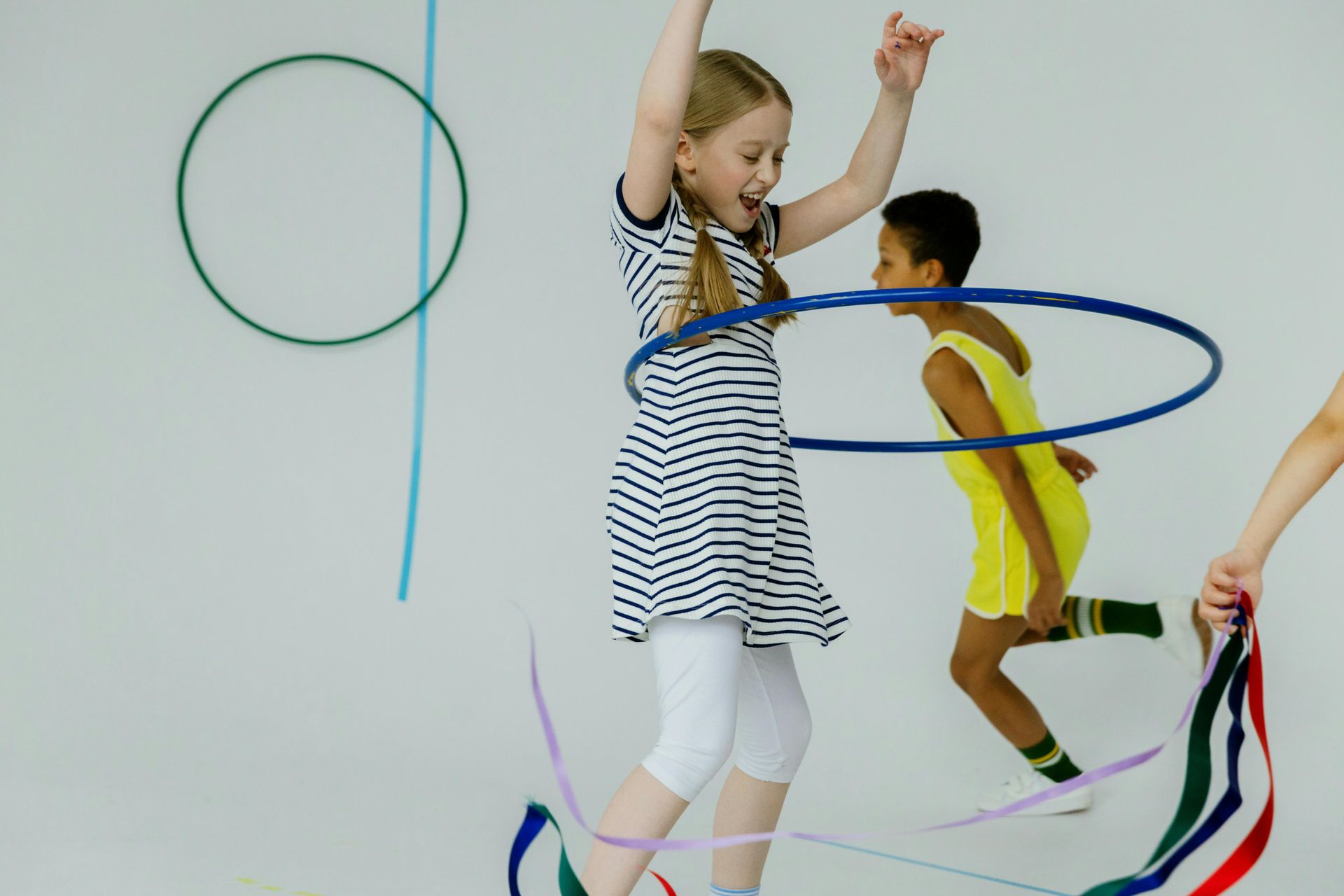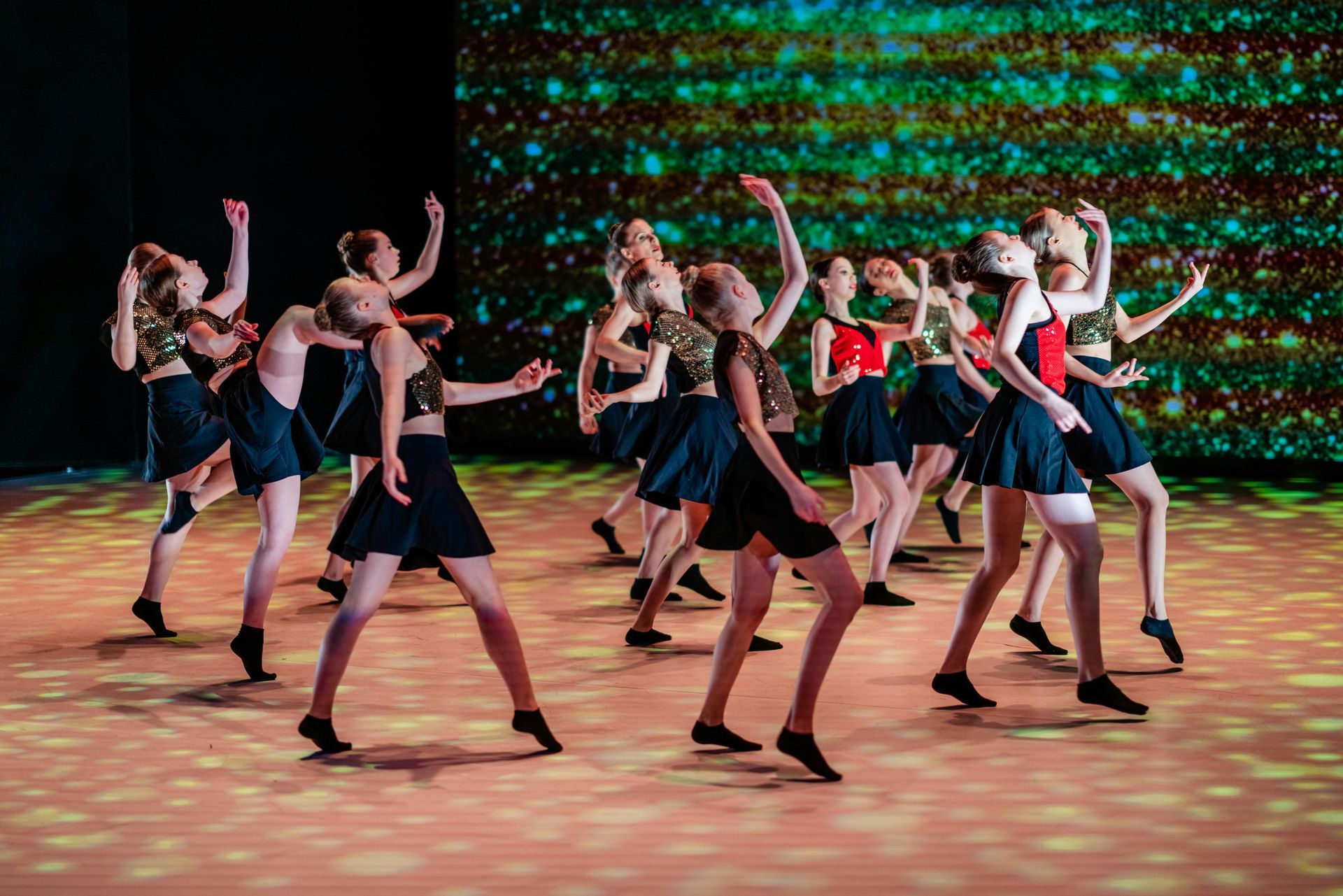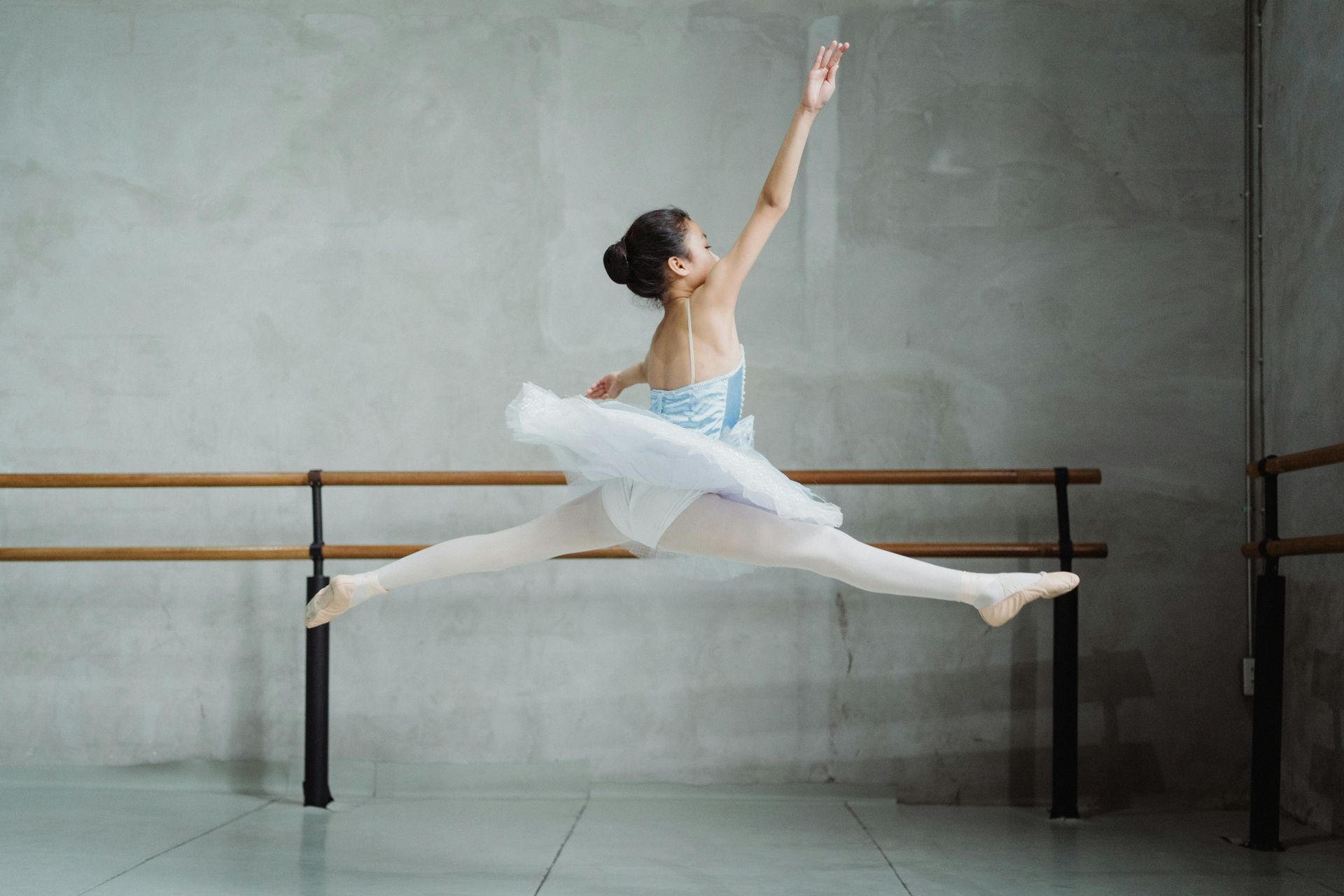Jazz Dance: The Ultimate Style for Creativity and Performance
Jazz dance is one of the most dynamic and versatile dance styles, blending technical precision, expressive performance, and rhythmic energy. In New Jersey, jazz dance classes for ages 13 and up attract students of all ages, from young beginners to advanced performers seeking stage experience or competition training. Unlike purely technical forms, jazz encourages personal expression and creativity, making it both an art form and a physical discipline.
Whether your goal is to perform in musical theatre, compete in dance competitions, or simply enjoy a creative physical activity, jazz dance offers a pathway that develops strength, flexibility, coordination, and confidence. Its combination of traditional techniques and contemporary influences ensures dancers remain adaptable and expressive across multiple performance styles.
What Sets Jazz Dance Apart
Jazz dance is distinguished by its energy, versatility, and emotional expression. It draws from a variety of influences, including Broadway, contemporary dance, and African-American vernacular dance traditions. This blend gives jazz its distinctive character: movements are sharp yet fluid, technical yet creative.
Students in jazz classes typically focus on body isolations, syncopated rhythms, and leaps or turns that require both control and performance skill. Advanced dancers incorporate contemporary jazz elements, combining fluid floor work with sharp directional changes and emotive gestures. Musical theatre also plays a significant role, as jazz movements are often choreographed to tell a story, heightening performance skills.
Jazz dance’s expressive quality helps students not only master technique but also communicate emotion through movement. This makes it a highly rewarding style for those seeking both physical and artistic growth.
Choosing the Right Jazz Dance School in NJ
Selecting the best studio is essential for achieving success in jazz dance. Look for schools offering structured programs that balance technical training with performance opportunities. The ideal studio provides multiple class levels, from beginner to advanced, and incorporates both traditional jazz and modern choreography.
High-quality studios emphasize rhythm, alignment, and flexibility while offering students chances to perform in recitals, showcases, or competitions. Experienced instructors focus on developing strength, coordination, and stage presence. A nurturing environment encourages creativity, builds confidence, and ensures that students develop a deep understanding of jazz dance principles.
In short, a top jazz school creates a supportive space where students progress at their own pace while learning advanced techniques and performance skills.
Jazz Dance Training and Technique
Training in jazz dance typically begins with a warm-up that emphasizes flexibility, posture, and strength. Core exercises help dancers improve balance, control, and alignment. Across-the-floor exercises develop turns, leaps, and directional changes, while center combinations focus on body isolations and rhythm.
Choreography is central to jazz dance education, enabling dancers to apply techniques in dynamic performance routines. Contemporary jazz incorporates modern elements such as fluid floor work, expressive arm movements, and improvisation, offering dancers a chance to explore personal style within structured training.
Through consistent practice, students enhance muscular strength, coordination, and endurance. Beyond physical benefits, jazz dance also strengthens musicality, spatial awareness, and memory, as dancers must recall complex sequences while maintaining rhythm and energy.
Key elements of jazz training include:
- Progressive skill-building from beginner to advanced levels.
- Learning choreography that incorporates both traditional and contemporary styles.
- Developing expressive performance skills for stage or competition settings.
Contemporary Jazz and Expressive Styles
Contemporary jazz allows dancers to explore more fluid, creative movements. Unlike classical jazz, which emphasizes sharp lines and precision, contemporary jazz incorporates lyrical motion, dynamic floor patterns, and improvisation. For details on class offerings, visit Dance Expression Fall Classes. This flexibility fosters personal expression, helping dancers communicate emotion and story through their performances.
Expressive jazz training often blends multiple disciplines, including ballet, modern dance, and musical theatre. This variety enhances overall dance versatility, allowing students to perform confidently in various styles. Through choreography, students learn to match movement with musicality, telling stories that captivate audiences.
Benefits of contemporary jazz include:
- Developing improvisational skills and personal style.
- Expanding performance versatility across stage, competition, and commercial work.
- Strengthening connection to rhythm and musical interpretation.
Jazz Dance Competitions and Performance Opportunities
Competitions play an important role in jazz dance development, offering dancers a chance to apply technique, performance skills, and creativity under pressure. Participating in competitions helps students build confidence, resilience, and stage presence.
Students who engage in performance-focused classes learn to synchronize with music, execute precise choreography, and adapt to different stage environments. This experience enhances teamwork, discipline, and professionalism, essential qualities for aspiring performers.
Even outside competitions, performance opportunities such as recitals, showcases, and musicals allow dancers to refine presentation skills, experiment with expressive choreography, and receive constructive feedback from instructors.
Physical and Mental Benefits of Jazz Dance
Jazz dance promotes overall health and wellness. Its combination of cardio, strength training, and flexibility exercises supports muscular development, endurance, and coordination. Regular practice improves posture, core strength, and body awareness.
Equally important are the mental and emotional benefits. Jazz encourages creativity, reduces stress, and builds confidence. Dancers develop resilience through regular training, learning to face challenges while improving their skills. Expressive movements provide an outlet for emotions, helping dancers communicate beyond words and fostering a deep sense of personal fulfillment.
Through both physical and emotional growth, jazz dance provides a holistic experience, benefiting students in multiple areas of life.
Tips for Maximizing Your Jazz Dance Experience
To make the most of jazz dance classes in New Jersey, students should commit to consistent practice, remain open to feedback, and explore multiple dance styles to enhance versatility. Beginning at the appropriate skill level ensures a strong foundation, while seeking performance opportunities helps refine stage presence.
Dancers should also focus on musicality, rhythm, and proper alignment. Supplementary exercises, such as Pilates or yoga, can improve flexibility and strength, supporting advanced jazz movements. For questions or to get started, visit Dance Expression Contact.
Ultimately, enthusiasm, dedication, and a willingness to experiment with expressive styles determine long-term success.
Frequently Asked Questions
What age is suitable for starting jazz dance?
Children as young as 3–5 can begin, with classes tailored to skill, coordination, and age-appropriate movement.
How does contemporary jazz differ from traditional jazz?
Contemporary jazz incorporates fluid, lyrical movements and improvisation, while traditional jazz focuses on precision, sharp lines, and classical techniques.
Are adult jazz classes available in NJ?
Yes, many studios offer adult classes covering both beginner and advanced skill levels, emphasizing performance, fitness, and expression.
Do jazz classes prepare students for competitions?
Absolutely. Many studios provide choreography, technique, and performance training for competitions, fostering confidence and teamwork.
Can jazz dance improve overall fitness?
Yes, jazz develops strength, flexibility, endurance, coordination, and mental focus while promoting emotional expression and confidence.

